Spider Plants (Chlorophytum comosum) are popular houseplants that are sometimes referred to as Airplane Plant or Ribbon Plants.
They are absolutely easy-care houseplants but there are still a wide range of conditions to be aware of, particularly in regard to their ideal watering schedule and requirements.
Spider Plants are thirsty plants but only have to be watered about once a week. The water requirements of plants are influenced by factors like environmental conditions, plant size, and age.
The quality of water is also a significant factor to consider, as tap water may contain chemicals that should be avoided.
- Related article: Spider Plant Ideal Conditions
Read on to learn more about the correct way to water Spider Plants for optimal growth!
How Often to Water Spider Plants?
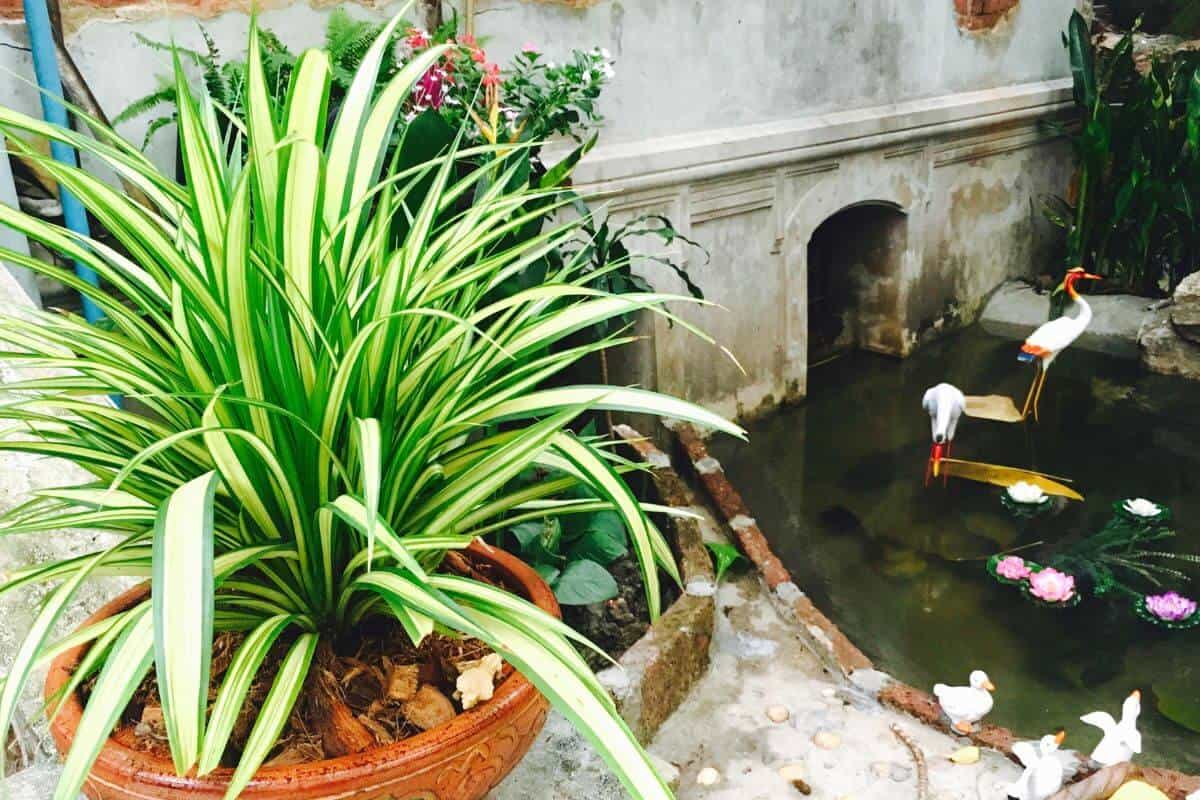
Broadly speaking, Spider Plants need to be watered about once a week, but the amount and frequency of watering should be adapted to local conditions, such as temperature and humidity.
The season also plays a role, as well as the stage of growth of your plant.
As a general guideline, consider that a baby Spider Plant will need to be watered about twice a week in the warm weather and less in the colder seasons.
While a large plant can be watered twice every three weeks during the summer months and less in the winter.
Do not follow this schedule blindly, though. Always make sure if it’s time to water since Spider Plants are very susceptible to root rot in case of excess water.
This is because their roots are quite similar to those of succulent plants in a way that they adapted to store water.
This allows them to survive in dry conditions but makes them susceptible to rotting. That’s why frequent waterings are better to underwater Spider Plants rather than to overwater them.
A very simple way to check if your Spider Plant needs watering is to dip your finger in a few-inch layer of soil. If it comes out completely as dry soil, it’s definitely time to water.
How Much Water Does a Spider Plant Need?
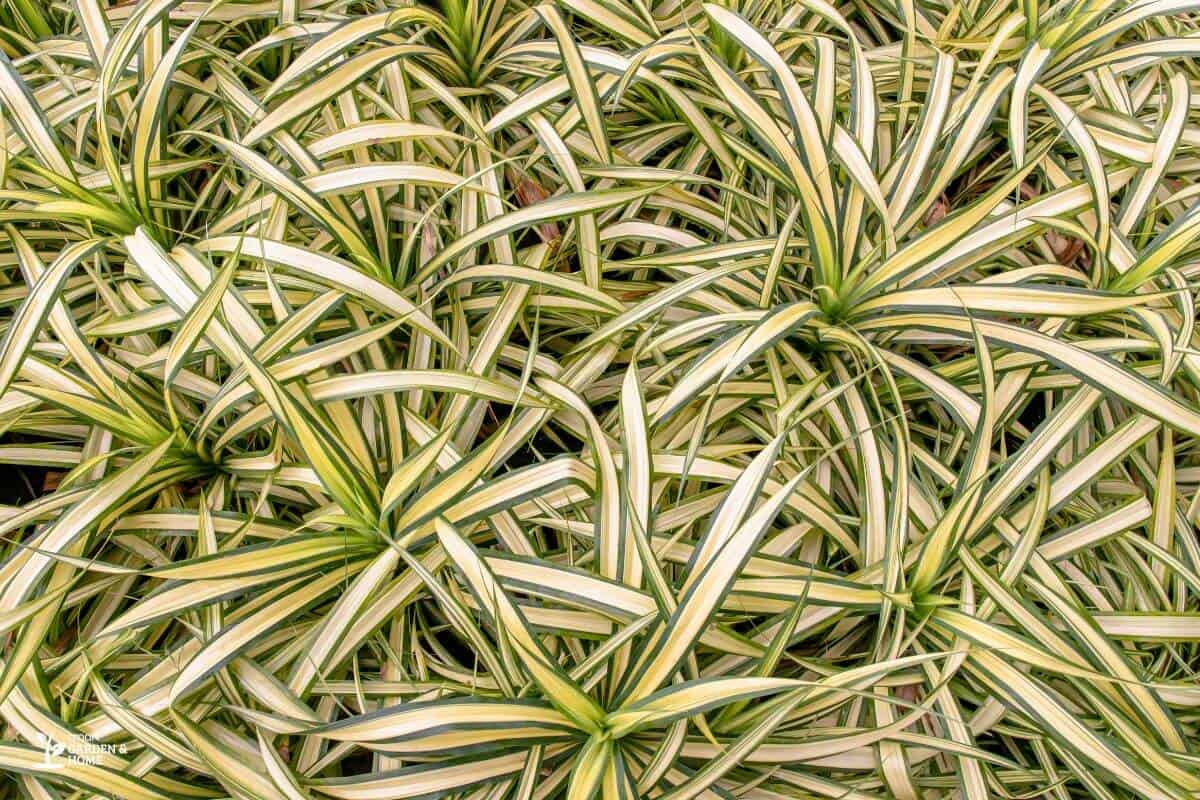
Just like for frequency, there is no set rule for the amount of water a Spider Plant needs. In general, always avoid watering so much to avoid excessively wet soil.
The soil of your Spider Plant should be damp, but not excessively wet nor soggy.
When watering your plant, it’s important to take into account factors such as location, soil type, time of year, and stage of growth.
Larger plants typically require less water due to their fully-developed tuberous roots that store nutrients and water.
The best practice is to observe your Spider Plant closely to see how it reacts to different water quantities.
If you start seeing signs of overwatering or underwatering, you can adjust the amount of water or the frequency.
Water Quality for Spider Plants
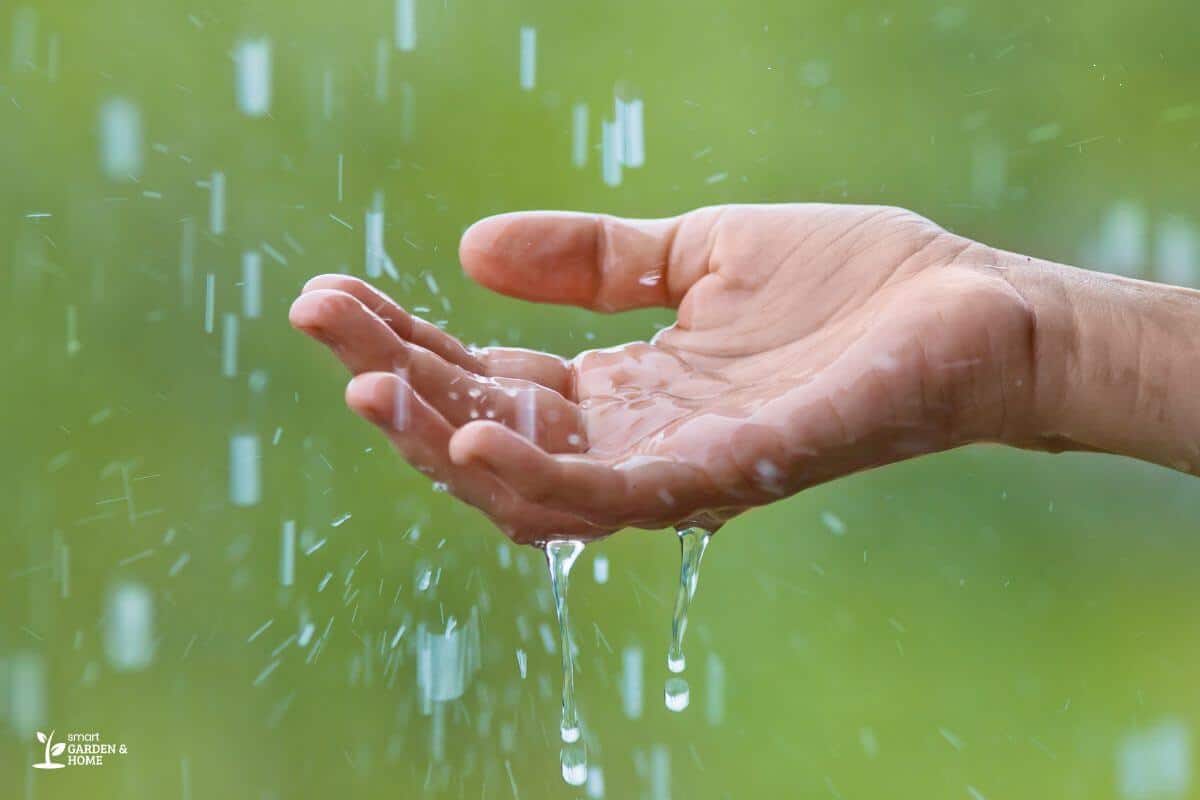
Spider Plants should be watered with filtered water or rainwater whenever possible, while tap water should be avoided.
Spider Plants are sensitive to certain chemicals found in tap water, just like most tropical plants. Water that is high in soluble salts, chlorine, and fluoride is especially toxic to these plants.
If you’re not able to use purified water, you can let tap water sit for a few days, or at least overnight, before giving it to your Spider Plant.
If your Spider Plants’ leaves begin to develop brown tips, there’s a high chance it’s due to a salt buildup in the soil, which is most likely caused by the water you use or by an excess in fertilizer.
When to Water Spider Plants
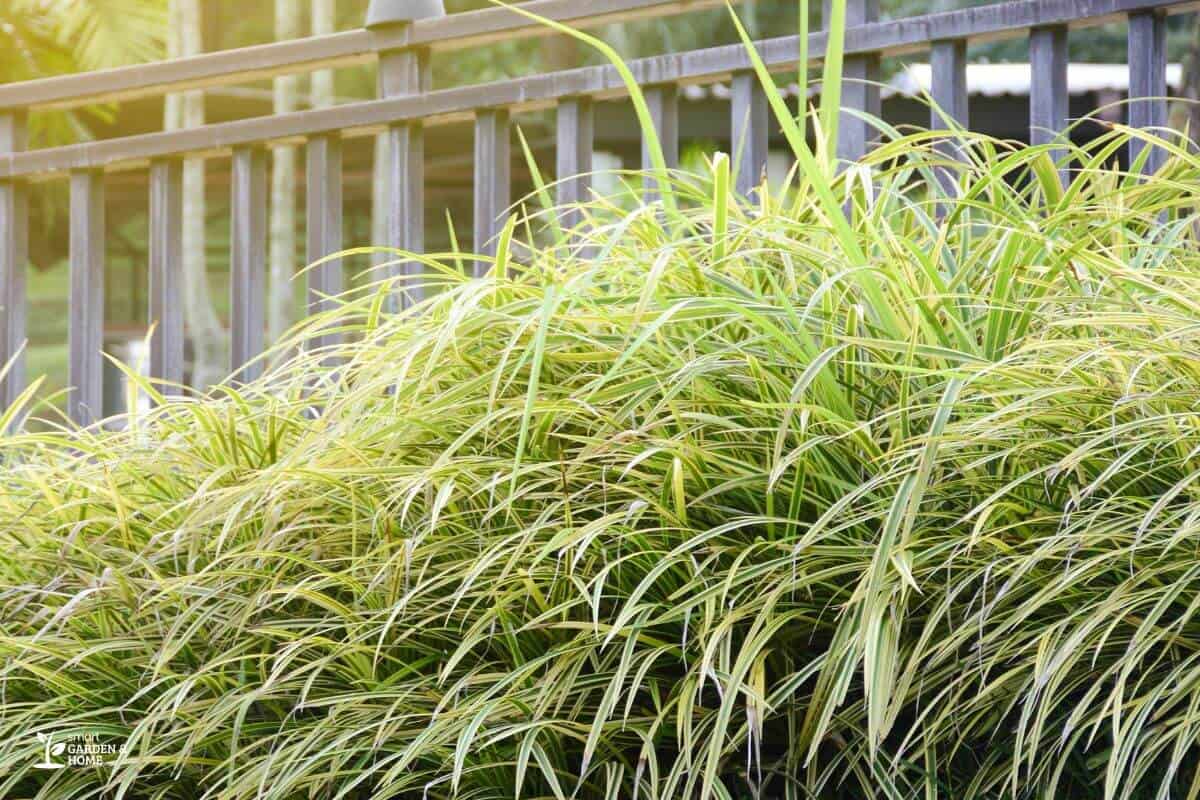
The best time to water plants is the early morning or the evening, particularly when it’s summertime and they are exposed to long hours of sunlight.
In the summer, Spider Plants need much more water than during the winter, as it is their growing period and they use up a lot of resources to produce new leaves and roots.
During this time, Spider Plants can be watered once or twice a week, provided they have enough room to grow and drainage holes in their pot.
In the winter with cooler temperatures, on the other hand, Spider Plants slow their growth and sometimes, stop growing altogether, depending on the severity of the climate.
That’s why the amount of water should be reduced and no fertilizer should be given.
Signs Your Spider Plant Needs Water
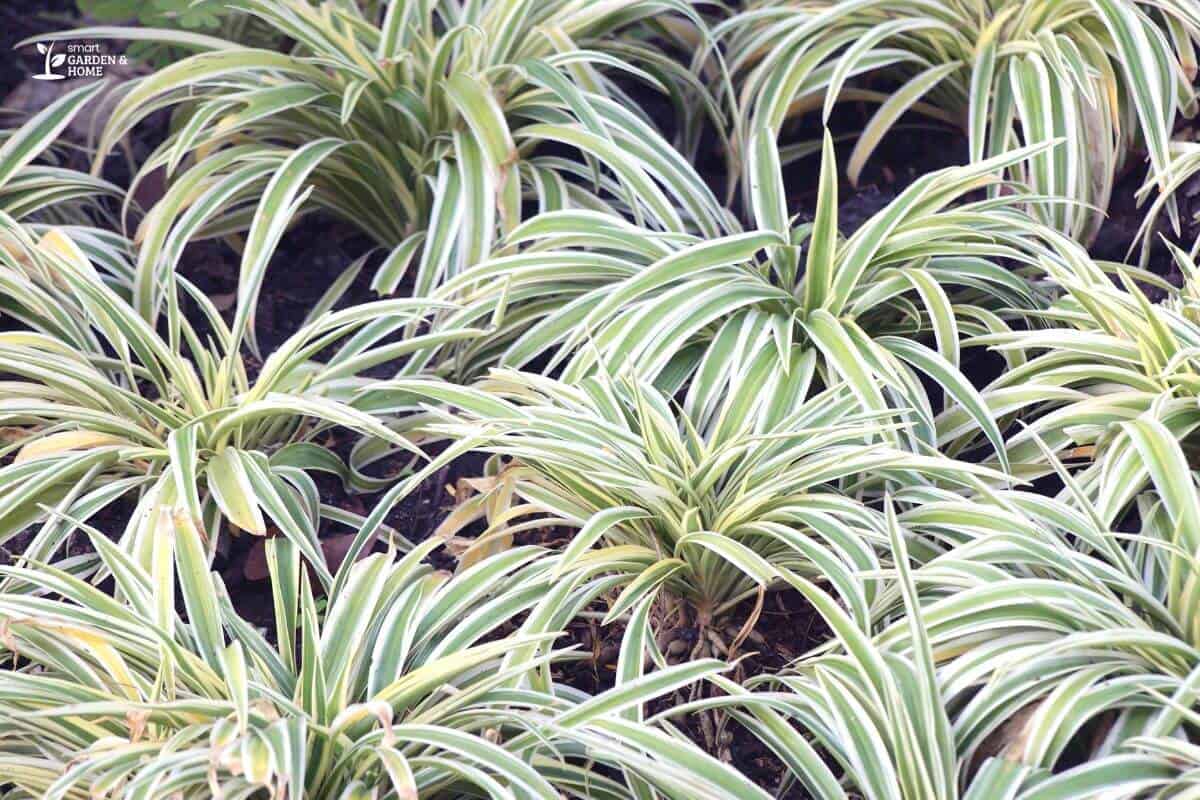
- The top two inches of soil feels completely dry.
- Your plant is developing brown leaf tips and white stripes.
- Your plant is having light green leaves or yellow leaves.
- Dead foliage or the leaves start to fold up along their length, having foliage curls and limp leaves.
Final Thoughts on Watering Spider Plants
Spider Plants are low-maintenance houseplants that can thrive with proper watering. The key is to provide consistent moisture without overwatering, which can lead to root rot.
By following the tips in this article, you can ensure your Spider Plant gets the right amount of water and stays healthy and vibrant.
So whether you’re a seasoned plant parent or a newbie, these Spider Plant watering tips will help you keep your green thumb shining.
To ensure proper growth, it is important to maintain a consistent watering schedule and remain patient and observant.
Proper care and attention can ensure a healthy Spider Plant’s longevity and air-purifying benefits in a household.
So go ahead and give this beautiful houseplant the TLC it deserves and enjoy the benefits of a healthy and thriving Spider Plant in your home!
Take a look at these articles for more information about Spider Plants:
- House Plants That Look Like Spider Plants
- Spider Plant Benefits at Home
- What to Do With Spider Plant Spiderettes
- How Long Can a Spider Plant Live
- Spider Plant Troubleshooting
Sources:

